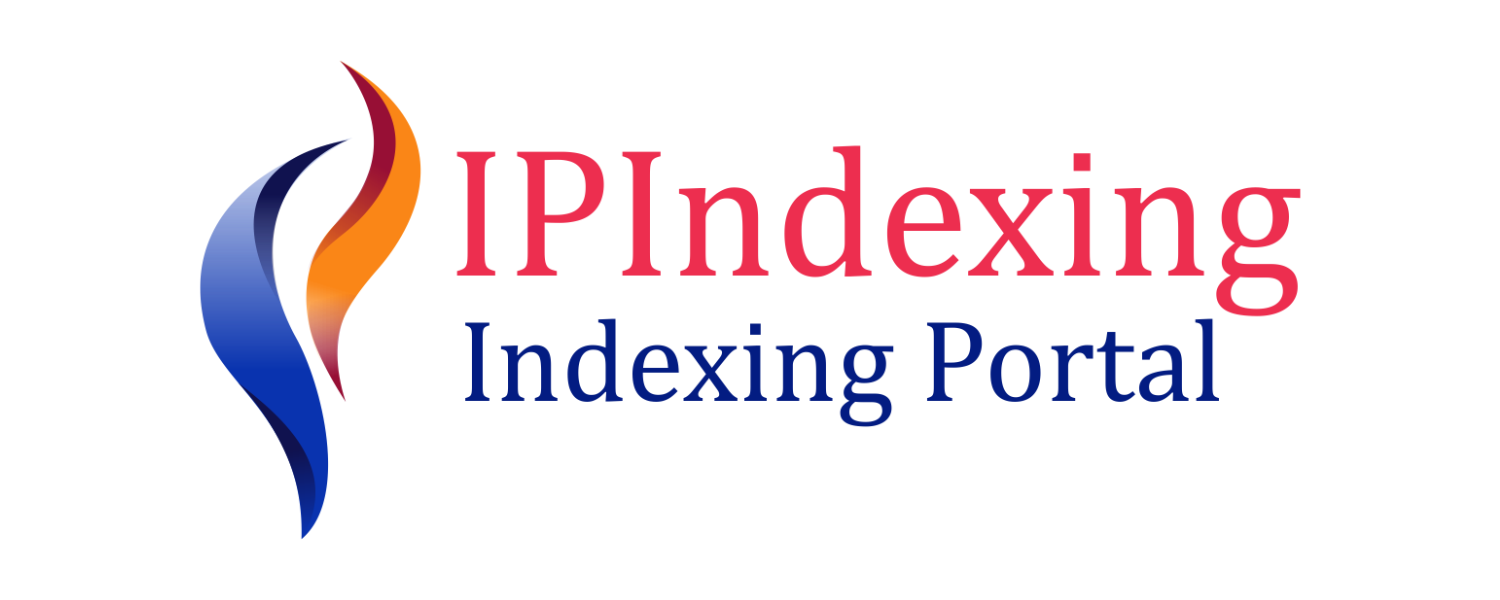E-HUMAN RESOURCE PLANNING: TRANSFORMATION OF HUMAN RESOURCE PLANNING IN THE ERA OF DIGITALIZATION AND GLOBALIZATION
DOI:
https://doi.org/10.62207/n1a44q33Keywords:
Human Resource Planning, Digitalization, Globalization, Competitive Advantage, Human Resource ManagemenAbstract
In the rapidly evolving era of digitalization and globalization, organizations face complex challenges in managing human resources (HR). Human Resource Planning (HRP) has become crucial to ensure the availability of a qualified and competent workforce, which serves as a key driver in achieving strategic organizational goals. However, many organizations still overlook the importance of comprehensive HRP processes, resulting in mismatches between labor needs and availability, low employee motivation, and suboptimal organizational productivity. This study aims to comprehensively analyze the meaning, objectives, as well as the internal and external factors that influence the success of HRP. In addition, the study identifies the challenges and obstacles organizations face in implementing HRP in the era of digitalization and globalization, and explores how HRP strategies can create sustainable competitive advantages. The research approach used is a systematic literature review by collecting and analyzing various relevant sources such as scientific journals, books, and publications related to HR planning, digitalization, and globalization. The data were analyzed qualitatively to identify patterns, trends, and relationships among the discussed concepts. The findings indicate that effective HRP strongly depends on strategic integration with business objectives, continuous employee competency development, optimal employee placement, and the utilization of information technology. The main challenges include adaptation to environmental changes, intense competition, and the increasing demand for intellectual capital. Well-planned HRP implementation has proven to enhance operational efficiency, improve personnel management, and increase the organization’s adaptability to market dynamics. Integrated and adaptive HR planning strategies form a vital foundation for organizations to achieve sustainable competitive advantage in an ever-changing business landscape. This research contributes to a deeper understanding of the strategic role of HRP in modern management and offers practical implications for HR managers in designing policies that are responsive to global challenges.
References
Administrasi di UPT SMPN 29 Gresik. https://www.researchgate.net/publication/372751937
Buttler, J., Ferris, G., dan Napier, N. 1991. Strategy and Human Resource Management. Cincinnati, OH: Southwestern Publishing Company.
Gluck, F. W. 1980. Strategic Management for Competitive Advantage. Harvard Business Review.
Hamdi, M. M., Salma, A., & Indriana, M. I. (2024). Konsep perencanaan sumber daya manusia. Cermin: Jurnal Manajemen Pendidikan dan Dakwah, 3(2), 51–62. https://ejournal.staidapondokkrempyang.ac.id/index.php/cjmp/article/view/579
Manzini, A. O. 1996. Integrating Human Resource Planning and Development: The Unification of Strategic, Operational and Human Resource Planning System. Human Resource Planning, 11(2): 79-94.
Simamora, H. (1997). Manajemen Sumber Daya Manusia. Yogyakarta: STIE YKPN. Luluk, & Hartini. (2022). Peran Lingkungan Kerja dalam Meningkatkan Kinerja Tenaga
StaffAny. (2023, September 22). Tujuan Perencanaan SDM, Manfaat, dan Tahapannya. Diakses pada 25 April 2025, dari https://www.staffany.id/blog/tujuan-perencanaan-sdm/
Widajanti, Erni. 2007. Perencanaan Sumberdaya Manusia yang Efektif: Strategi Mencapai Keunggulan Kompetitif. Jurnal Ekonomi dan Kewirausahaan, Vol. 7, No. 2, Oktober 2007, hlm. 105-114. Fakultas Ekonomi Universitas Slamet Riyadi Surakarta.
Downloads
Published
Issue
Section
License
Copyright (c) 2025 Silvina Dewi Novitasari, Waida Putri Cahyani, Khaliza Sucita Rahman, Laila Syafa’atun, Dwi Amelia A.C, Rauly Sijabat (Author)

This work is licensed under a Creative Commons Attribution-NonCommercial 4.0 International License.























